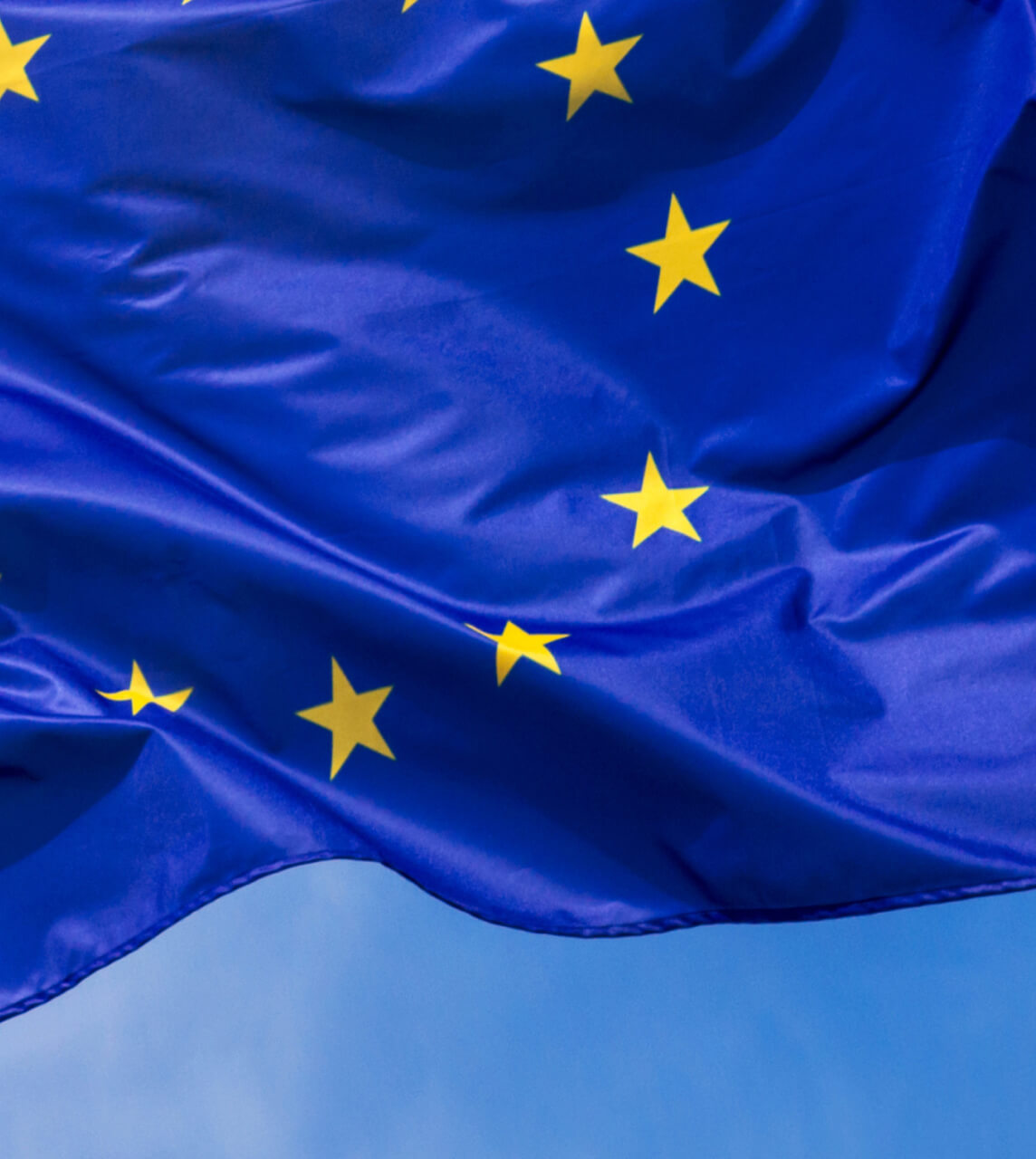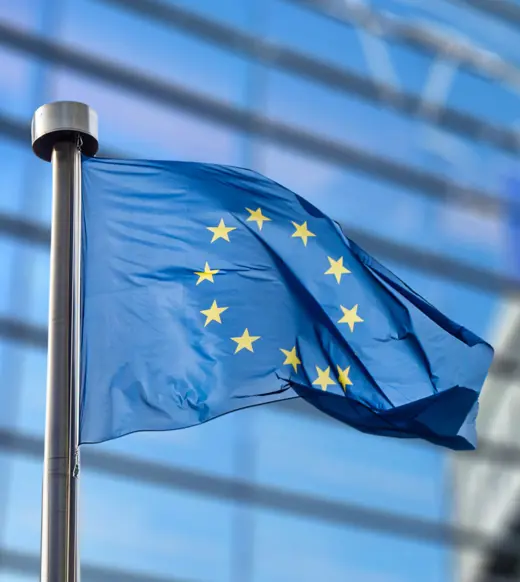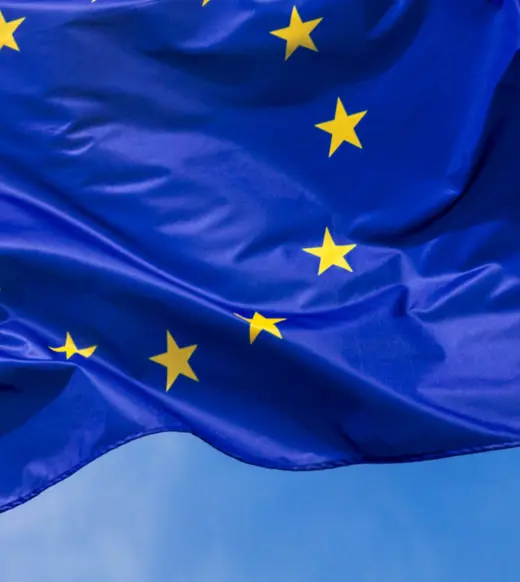Fund managers looking to raise capital are increasingly turning to Europe as a priority market. The region represents roughly a quarter of the global LP base, offering meaningful opportunity for managers aiming to diversify their investor profile. What was once considered operationally demanding has, in many cases, become more streamlined. As long as managers are clear about their route to market and their target investor type, the setup can be straightforward.
European jurisdictions continue to attract capital due to their regulatory strength, predictability, and experienced fund ecosystems. We support managers across each of these markets by offering end-to-end fund setup and administration solutions, removing the need for multiple providers.
UCITS or AIFs: selecting the correct structure
Fund managers raising capital in Europe typically select one of two regulatory frameworks. UCITS funds are structured for retail markets and require a focus on liquidity and eligible securities. Alternative funds, or AIFs, are the preferred route for strategies involving private equity, credit, hedge, or real assets. These vehicles target professional investors and accommodate closed-ended and illiquid models.
For most non-European managers, the AIF route is the more realistic option. It offers both flexibility and access, provided the fund complies with the Alternative Investment Fund Managers Directive.
UCITS vs AIFMD fund structures
|
|
UCITS |
AIFMD (AIFs*) |
|
Established |
1985 |
2013 |
|
Portfolio |
Investment into liquid assets only |
Investment into any type of fund |
|
Examples |
Transferable securities, other liquid assets |
Hedge funds, private equity, real estate, derivatives |
|
Investor base |
Retail or professional |
Qualified professional |
|
Risk |
Lower (relative to AIFs) |
Higher (relative to UCITS) |
|
Liquidity |
High |
High / Low |
*The AIFMD applies to AIFs within the EU. This AIFMD framework sets the standards for marketing, delegation, risk monitoring, and reporting in much of Europe and regulates AIFs via prudential supervision of the AIFM.
Reverse solicitation, NPPR, or passport?
Non-European managers seeking to raise in Europe can choose from three routes:
- Reverse solicitation, where the investor initiates contact and no marketing is undertaken
- National Private Placement Regimes (“NPPRs”), which require registration with individual jurisdictions
- AIFM marketing passport, available only to European-domiciled AIFs with a European AIFM
Each comes with its own expectations on documentation, disclosures, and approvals. NPPR remains a common route due to its flexibility, especially for managers who are not targeting the entire European market. However, for managers with long-term European plans, establishing a European structure and gaining passport rights may make commercial sense.
Planning helps reduce friction
The decision on which route to take must be based on geography, investor type, and long-term distribution objectives. Managers must consider the number of jurisdictions they plan to market into, whether reverse solicitation can be legitimately relied upon, and how investor preferences will influence jurisdictional choices.
With careful preparation and the right partners, fund setup and access to European capital can be significantly simplified.
Download: Capital raising in Europe: Fund manager’s guide to alternative investments
Download the full guide to compare fund access routes, understand legal thresholds, and weigh the implications of each approach.
Complete your details below to receive your free copy.







